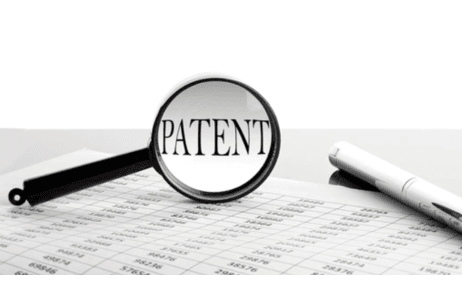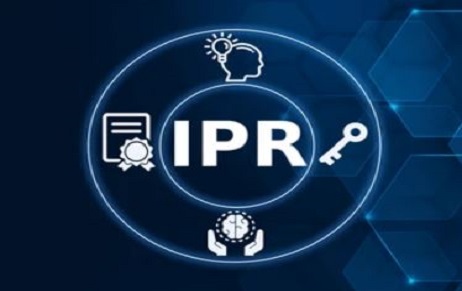Introduction In the realm of obtaining a patent right, conducting a ‘novelty search’ stands as…
Patent Laws On Genes & Gene Sequencing
A gene can be referred to as a unit of hereditary information occupying a fixed position on a chromosome[1]. Scientists consider genes as a person’s book of life containing insights and information about her character. Many even consider that one’s genetic code can contain vital information about that person’s future. Such considerations and conceptualizations are leading innovators, scientists, and experts to study more about genes and gene sequencing. This growing interest of mankind in genes has led to several questions regarding their ownership which in turn raises further questions on the bodily, genetic, and behavioral privacy of individuals. ‘Gene Patenting’ which is a term that encompasses a wide variety of patents related to genetics is one such phenomenon that has born out of human interest in genes and raises similar questions. One of the cardinal principles of patent law is that the patentable product must arise out of human ingenuity and not otherwise. Thus, gene patents are generally done for artificially constructed genes or the patented aspect of the gene is attributed to the storing of the same through isolation and purification. Information stored in our genes has the potential to predict our future and the most crucial question which arises out of this is whether individuals can be given property rights over them and if yes, then to what extent.
Inventions linked with living organisms were a strict no-no in India before the signing of TRIPS. However, after signing the TRIPS, India was obligated to facilitate the patenting of microorganisms in lieu of Article 27(3). Thus, Section 3(j) of the Patent Act was amended to incorporate the change. The provision still barred the patenting of the whole or any part of an animal not being a microorganism. On a bare reading of the provision, one is likely to interpret that gene sequence would also fall under this ambit. However, it is not so that gene sequence cannot get patent protection in India. One can still be granted a patent on gene sequence under the condition that they are synthetically manufactured.
Section 3(c) of the Act states that the mere discovery of scientific principle or the formulation or the discovery of any living/nonliving substance occurring in nature cannot be patented. This provision also supports the non-patentability of naturally occurring genes from plants and animals. Further, in lieu of Section 3(i), diagnostic methods employing naturally occurring DNA are also barred from being granted patent protection.
The basic fact about genes/gene products being patentable is that when a genetically engineered gene/DNA/amino acid sequence is novel and holds an inventive step thereby ensuring its industrial application, the patents can be claimed as:
- Gene sequence/amino acid sequence.
- A method of expressing the above sequence.
- An antibody against that sequence/protein.
- A kit made from the antibody/sequence.
In a more brief sense, it should be noted that rDNA, plasmids, and the process of forming the same are allowed to be patentable under substantive inventive steps employed. Further, unidentified functions of gene/DNA sequences and without any industrial application cannot be construed to be patentable.
One such example of gene patents in India, as seen in Indian Patent No. 243373 (279/MUM/2004) assigned to Sichuan Biotechnology Research Center, discloses artificial gene sequence for encoding recombinant super compound interferon with enhanced activity.
The European Union’s Position
The two primary documents that address the issue of gene patenting in the EU are the European Patent Convention and the Biotech Directive. The latter was aimed at addressing issues of patenting biotechnological inventions. The Directive reinstates that neither the human body at any stage of its formation nor the discovery of any of its elements can be patented. But, at the same time, the Directive also lays down certain circumstances under which biological invention can be patented even if it is structurally identical to any material found in nature. The Directive aims to assert rights on gene sequences that are isolated and purified, and not on the ones that occur naturally. The directive mandates that inventions related to human biological material must disclose their industrial applicability also. It obligates the inventor to disclose the function and use of the invented gene sequence.[2]
It is pertinent to note that the European Law provides for research exemption concerning gene and gene sequencing, but it does not grant ownership rights of the same.
The United States’ Position
The Diamond v Chakrabarty[3] case started a new era for gene patenting in the US. The Supreme Court established that the man-made products of genetic engineering are eligible for patent protection under 35 U.S.C. § 101. The Patent and Trademark Office responded to Chakrabarty by granting patents on a wide range of engineered DNA molecules and useful genetic methods. In a more recent case of Association for Molecular Pathology v. Myriad Genetics[4] concerning the patentability of breast cancer genes (BRCA1 and BRCA2), the Supreme Court opined that the DNA segment was naturally occurring and a product of nature, barring them from being granted patent protection. The judgment nullified the existing human gene patents and created a lot of hue and cry in the biotechnology sector.
A draft bill was introduced in Congress which aimed at invalidating the ruling laid down in the Myriad Genetics case. Many patients and research groups condemned it. It is yet to be enacted and not much has been heard about it since.
Gene and DNA sequence patenting has been a matter of debate and discussion for a very long time and in many countries around the world. While the critics of gene patenting argue that such inventions are not inventions at all and highlight the restriction of access to new diagnosis and treatments due to patent monopolization, the exponent of gene patenting which includes the big players in biotechnology, pharmaceuticals, and the agricultural industry point out at the importance of giving impetus to the industry to research and develop. The uncertainties and the weak enforcement regarding patent protection of gene and gene sequence could add to the decline of the level of innovation. However, at the same time, the legal issues of ownership and privacy cannot be shunned away.
It is about time that the Indian Patent Office comes out with clear guidelines that clarify their stand regarding gene patents and the process to be adopted for the same. Such guidelines would be crucial in getting rid of the personal interpretations by the examiners and would bring about a uniform gene patenting regime.
Author: Aishani Singh, Litigation Associate at Khurana & Khurana, Advocates and IP Attorneys. In case of any queries please contact/write back to us at [email protected].
References:
[1] https://www.britannica.com/science/gene
[2] See Recital 22 and 23 of the Biotech Directive.
[3] 447 U.S. 303 (1980)
[4] 569 U.S. 576 (2013)



